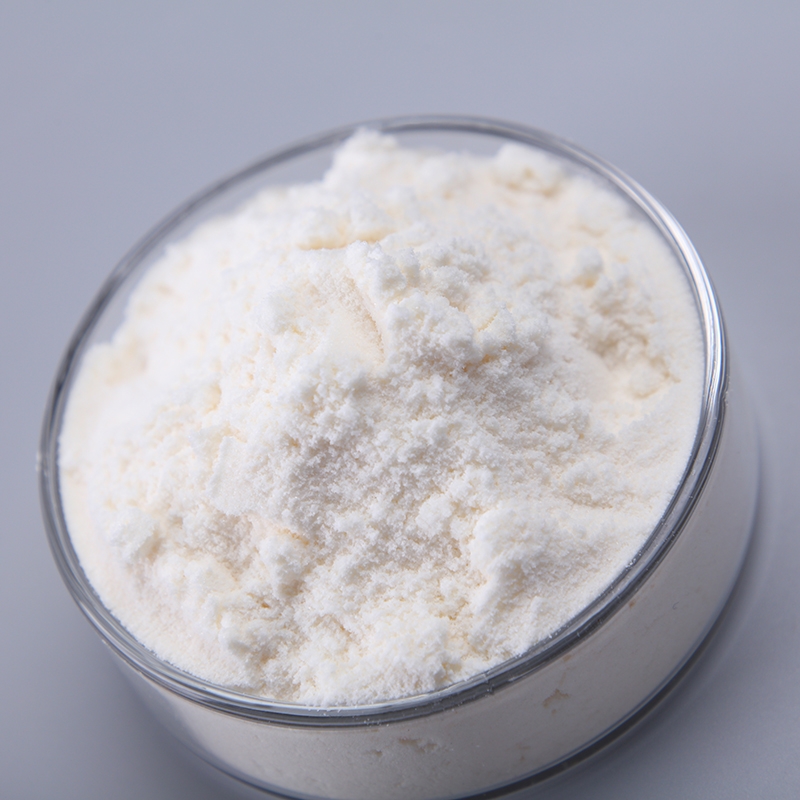-
Categories
-
Pharmaceutical Intermediates
-
Active Pharmaceutical Ingredients
-
Food Additives
- Industrial Coatings
- Agrochemicals
- Dyes and Pigments
- Surfactant
- Flavors and Fragrances
- Chemical Reagents
- Catalyst and Auxiliary
- Natural Products
- Inorganic Chemistry
-
Organic Chemistry
-
Biochemical Engineering
- Analytical Chemistry
-
Cosmetic Ingredient
- Water Treatment Chemical
-
Pharmaceutical Intermediates
Promotion
ECHEMI Mall
Wholesale
Weekly Price
Exhibition
News
-
Trade Service
*For medical professionals only
6 key points, collect it quickly!Syncope refers to a transient loss of consciousness caused by transient hypoperfusion of the brain, which is characterized by sudden, transient, transient and complete recovery
on its own.
Transient loss of consciousness due to non-cerebral hypoperfusion is not classified as syncope
.
Clinically, it is necessary to distinguish
it from other transient loss of consciousness such as seizures, transient ischemic attacks, hysteria, etc.
Syncope defines five elements
(1) Syncope must be accompanied by loss of consciousness
Syncope must be accompanied by loss of consciousness, such as if history is taken to determine that the patient is conscious, or only falls without loss of consciousness, can be excluded
.
(2) Syncope accompanied by loss of muscle tone
Syncope is accompanied by loss of muscle tone, and patients are often unable to maintain a standing position, and falls occur, and even serious falls occur
.
Conversely, loss of tone is not necessarily syncope such as hypokalemic periodic paralysis
.
(3) Loss of consciousness at syncope is transient
Loss of consciousness during syncope is often rapid, may be accompanied by prodromal symptoms, and the duration of loss of consciousness is short-lived, often less than 5 minutes
.
Prolonged loss of consciousness is called coma, not syncope
.
(4) Syncope can recover
on its own
Transient loss of consciousness caused by syncope, patients can recover on their own, often complete recovery, such as ventricular fibrillation and other malignant arrhythmias caused by loss of consciousness, can be recovered by artificial cardiopulmonary resuscitation, called sudden death survival, not syncope
.
(5) The essence of syncope is transient cerebral hypoperfusion
.
Classification and differentiation of common syncope[1]:
(1) Nerve-mediated reflex syncope:
(2) Orthostatic hypotension syncope: systolic blood pressure is abnormally reduced
when standing up.
(3) Cardiogenic syncope: it is the second cause of syncope, and it is also a type of syncope with the highest risk and poor prognosis.
(4) Brain-derived syncope: relatively rare, such as severe cerebral artery occlusion, cerebral vasospasm (such as hypertensive encephalopathy), arteritis, aortic arch syndrome, subclavian artery stealing syndrome, basilar artery migraine, etc.
;
(5) Others: such as hypoglycemia, hyperventilation, severe anemia, plateau hypoxia, etc
.
Medical history collection
•Identify the patient's primary disease (the main cause of this admission to the neurology);
•Prodromal symptoms or provoked syncope symptoms;
•Syncope seizure characteristics (speed, duration, etc.
) and whether there are sequelae;
•Pay attention to accompanying symptoms and signs;
•Ask about the patient's history of past medical conditions, whether they have the same episode history, and family history;
•Grasp the patient's recent medication
.
physical examination
Assessment of vital signs (focus on blood pressure and pulse at flare-up, and supine BP between episodes), with emphasis on neurologic and cardiac and peripheral vascular examination
.
Keep going
(1) ECG ECG is of great significance to patients with cardiogenic syncope, such as pathological Q wave suggesting myocardial infarction, QT interval prolongation suggesting LQT syndrome, etc.
; Some patients may find arrhythmias such as second-degree type II AV block and third-degree AV block, and even malignant arrhythmias
such as ventricular tachycardia and ventricular fibrillation.
(2) Carotid sinus massage: if carotid sinus massage induces cardiac arrest for > 3s, or blood pressure drops by > 50mmHg, it means that the carotid sinus massage test is positive, indicating carotid sinus hypersensitivity syndrome
.
(3) Lying blood pressure: monitor changes in blood pressure within 3 minutes of recumbent position, such as systolic blood pressure drop ≥ 20mmHg or diastolic blood pressure drop ≥ 10mmHg, or systolic blood pressure drop below 90mmHg, with or without syncope, for the recumbent position blood pressure test is positive, indicating the diagnosis
of orthostatic hypotension.
(4) Upright tilt test: tilt position, if necessary, can be added nitroglycerin or epinephrine induced, positive results include heart rate suppression, blood pressure suppression and mixed, positive results suggest vasovagal syncope
.
(5) Echocardiography and other cardiac imaging examinations: such as cardiac CT and MRI, can provide objective information on heart structure and function, clarify whether there is myocardial hypertrophy, valve stenosis, and accurately assess cardiac functions
such as ejection fraction.
(6) ECG monitoring: For arrhythmias, especially syncope caused by infrequent arrhythmias, long-term Holter and even implantable Holter can provide more diagnostic information
.
(7) Exercise experiment: second-degree type II AV block or AV block during exercise often indicates a lesion of the conduction system, that is, bradyarrhythmia caused by conduction block is the cause
of syncope.
(8) Cardiac electrophysiological examination: through invasive electrophysiological examination, bradyarrhythmia and syncope caused by tachyarrhythmia can be diagnosed, and risk stratification and treatment
can be carried out.
(9) Cardiac catheterization: understand coronary artery lesions and perform ischemia-reperfusion therapy
.
How are syncope treated [2]?
(1) Neuromediated syncope: treatment methods include physical negative pressure training, tilt training, application of β receptor blockers, theophylline, SSRI and other drugs
.
Some patients with cardiosuppressive form may have pacemakers implanted to prevent syncope attacks
.
(2) Orthostatic hypotension: lifestyle adjustment is the key
to treatment.
The application of compression stockings, drinking more water, salt supplementation, etc.
can play a certain role
.
Midodrine can be used as a treatment for some patients with autonomic dysfunction
.
(3) Cardiogenic syncope:
(1) Bradyarrhythmia, such as sinus arrest, sinus bradycardia, atrioventricular block, etc.
: pacemaker implantation is required
.
Patients with malignant arrhythmias such as ventricular tachycardia and ventricular fibrillation that cause syncope need to implant an implantable cardioverter defibrillator (ICD).
Some supraventricular tachycardia with fast ventricular rate leading to syncope, such as atrial fibrillation with pre-excitation, can be treated
with catheter radiofrequency ablation.
(2) Coronary disease: revascularization treatment can be performed through cardiac catheterization.
(3) Syncope caused by cardiac structural abnormalities such as cardiomyopathy and valvular disease: surgical treatment
for the cause.
Syncope is a major emergency in neurological diseases, which requires clinicians to carefully identify, make judgments as soon as possible, and implement appropriate treatment as soon as possible, so that patients can benefit
earlier.
Interpretation of Chinese expert consensus on the diagnosis and treatment of syncope (2018)[J].
Chinese Journal of Practical Internal Medicine, 2019,39(11):949-955
[2] Sheldon R S, Grubb B N, Olshansky B, et al.
2015 heart rhythm society expert consensus statement on the diagnosis and treatment of postural tachycardia syndrome, inappropriate sinus tachycardia, and vasovagal syncope[J].
Heart Rhythm, 2015,12(6):e41-e63.
Where to see more neurological clinical knowledge?
Come to the "doctor station" and take a look 👇
at the source of this articleMedical Neurology ChannelLL, this article review
Li Tuming Deputy Chief Physician Responsible EditorMr.
Lu Li Xiangyu
copyright statement
This article is original, please contact authorization-end-submission/reprinting/business cooperation, Please contact: yxjsjbx@yxj.
org.
cn* The Medical Community strives to be professional and reliable, but does not make any commitment to the accuracy of the content; Relevant parties are requested to check
separately when adopting or using it as a basis for decision-making.







